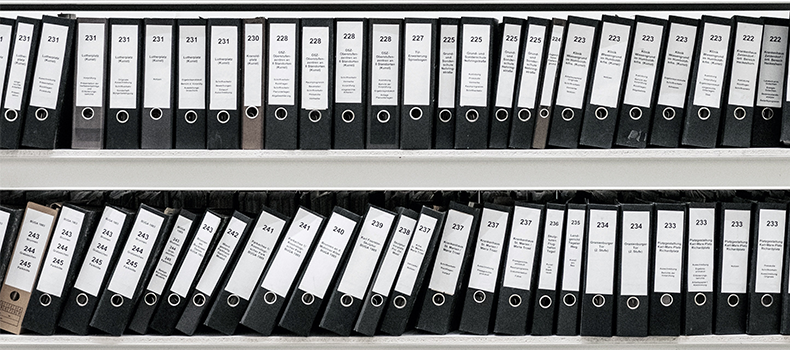Stay up to date with our latest news and insights
Supporting description on the types of content that feature in the blog.

There are very few businesses that don’t rely on some form of paper processing.
Yours is probably no different. From HR and payroll to sales and marketing, paper has always been the traditional way to do business.
Over time, and as technology continues to revolutionise the way we all work, the inefficiencies of paper processes have been revealed by digital.

Paper-based workflows are characterised by the way information is shared between different employees.
With paper documents, effective collaboration becomes very challenging. This means there is rarely a master document, and instead lots of versions of the same document that have been edited by different people.
Processes lie at the heart of every business, and thanks to digital transformation, those that involve documents can be analysed so that every stage of the journey takes place as efficiently as possible.
You might, therefore, think that with the rise of digital, the issues relating to paper-based processes have been removed. Unfortunately, nothing could be further from the truth.
In the digital economy, printing and paper often seem marginal in operational terms, but it remains the case that many essential documents are still managed and processed in this way.
It may surprise you to learn that almost half of business information is still held in hard copy and that studies have said that the idea of a paperless society is still some way off.
Thankfully, changes driven by managed print services (MPS) have the potential to change the way we all work and make digital transformation something every business can benefit from.
If you already have an MPS contract in place, you should have the basics covered. More importantly, you’ll have much of the data you need to transform paper processes into digital within reach.
This makes the chances of digital transformation success much greater because you can work from a ‘bottom-up’ approach, by breaking down the problem into bite-sized chunks.
From there, you can deliver solutions that are based on the data your company holds.
A measured rate of change will allow your business to move paper-based processes into the digital environment efficiently but, more importantly, at a rate you can manage.
Supporting description on the types of content that feature in the blog.

20-09-2024
Digital document management tools offer a range of compelling benefits for businesses, including a PDF editor, a file converter and a form generator. You can also integrate with digital signatures qui...

20-09-2024
When choosing a SaaS software to deal with your company’s PDF documents and enable forms to be digitally sent and signed, you’ll want a product that’s user-friendly and easy to use. With Tungsten’s Po...

11-07-2024
Belkin is a global technology company that provides high-quality electronics products, from wireless chargers to power banks. Their people-centric approach and best-in-class functionality have positio...